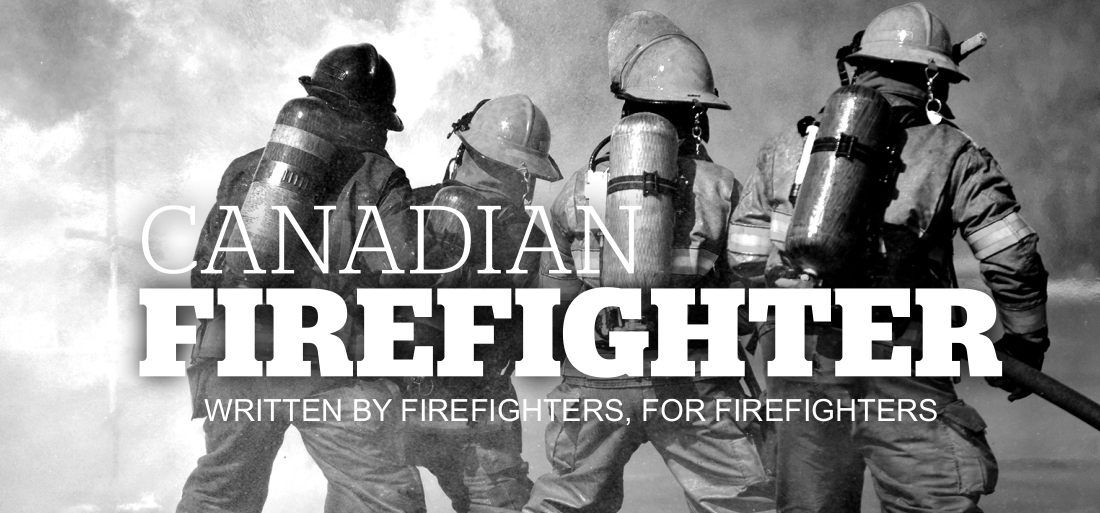
Comment: Preparing for an emergency
By Brittani Schroeder
Features Editor’s blog canadian firefighter firefighters training
 As I continue my journey of learning more about the fire service, it’s clear that being prepared for any kind of emergency is of the utmost importance. These emergencies could range anywhere from car accidents to medical calls to house fires to natural disasters, like wildfires. This goes for civilians and public safety personnel.
As I continue my journey of learning more about the fire service, it’s clear that being prepared for any kind of emergency is of the utmost importance. These emergencies could range anywhere from car accidents to medical calls to house fires to natural disasters, like wildfires. This goes for civilians and public safety personnel.
But what goes into being “prepared”?
In this month’s Back to Basics column, Mark van der Feyst focuses on inspecting personal protective equipment (PPE), and how gear should be set up properly to cut down time when getting to a call. I’d argue this would be one of the first steps for a firefighter to be prepared for any kind of emergency.
Some might believe that maintaining a healthy body and mind are the building blocks to being prepared. Eating balanced meals or strengthening your muscles, like Patrick Mathieu and Sherry Dean write about in this month’s edition, could be a good place to start for some.
Being prepared can look like a lot of things, but one thing always rings true: it starts with you. James Rychard focuses on changing your attitude towards the calls that come through to your team in his Psychological PPE column; but being prepared could also just be ensuring you have the proper passion for fighting fires, like Jason Clarke writes about in his Front Seat column.
Others might suggest that training is the most important aspect of preparing for an emergency. For team leaders, emergency preparedness might look like training your members and sharing your wisdom from past experiences. In this month’s cover story, Canadian Firefighter spoke with Yvonne Meulenbroek, a wildfire crew leader in Norman Wells, N.W.T., about how she became a leader in her crew and how she now shares details of her past experiences fighting fires to help educate others.
There are many ways to be and feel prepared for an emergency, whether it’s on a smaller or larger scale.
Training could also simply be the task of learning and practicing a new skill to use on the fire ground. In his article, “Preserving life on the fireground”, Jared Newcombe explains the necessary training on hose advancement and controlled exit strategies, which will greatly help any firefighter in an emergency.
But what about being prepared for what happens after an emergency has occurred? How can firefighters prepare their communities for a catastrophic event? In this month’s article on the 72-hour fallacy, Kaitlin Secord delves into this topic and shares some ways we might be better prepared in the future.
Clearly, there are many ways to be and feel prepared for an emergency, whether it’s on a smaller or larger scale. With the range of articles featured in this month’s edition of Canadian Firefighter, there is something for every reader to take away.
Whether preparing in advance or based off lessons learned, it is a crucial aspect of the fire service.
I can say, personally, these articles have given me a lot to think about. Am I prepared in the case of an emergency? Unfortunately, I don’t think so. It’s time to create my own emergency preparedness plan for my family and I.
Looking forward, as always, I invite you to pitch me your ideas, send me your latest news and accomplishments, or connect with me just to have a conversation. You can reach me at bschroeder@annexbusinessmedia.com.
Until next time, happy reading and be well.
Print this page
Advertisement
- At least 10 injured after explosion destroys Calgary home: fire department
- One dead, 911 caller pulls another person from Ottawa house fire: Fire services